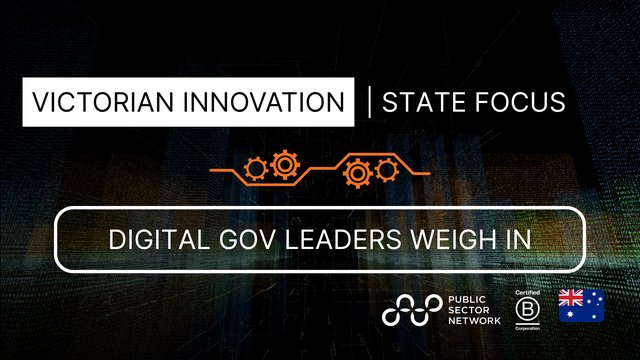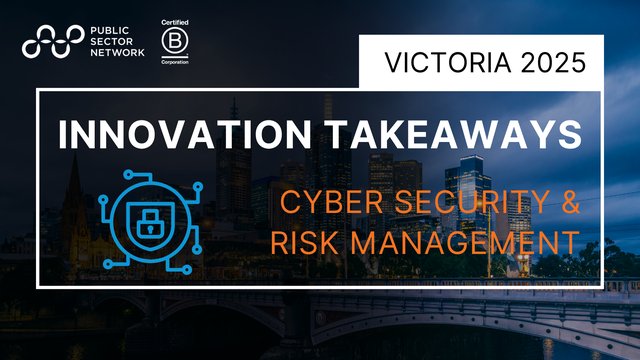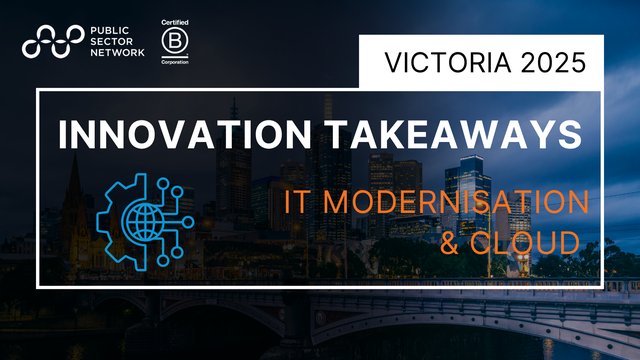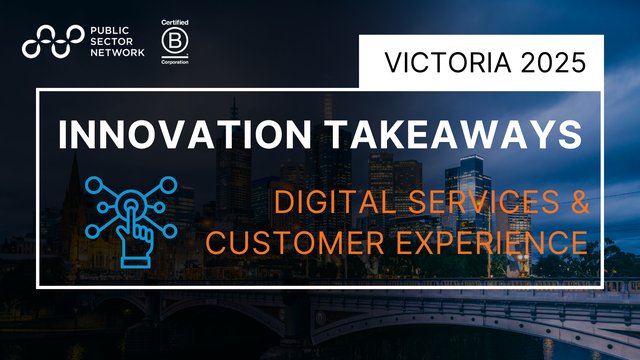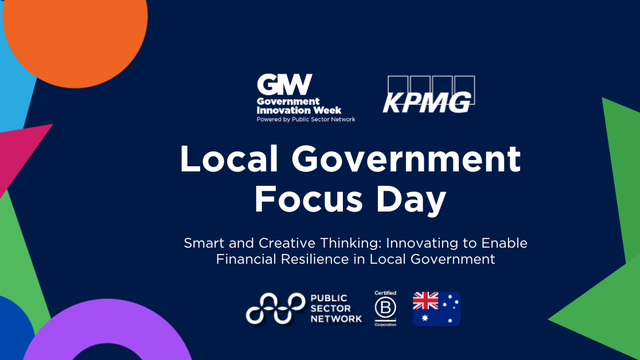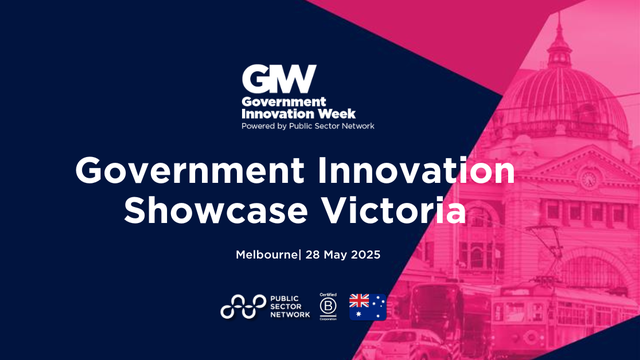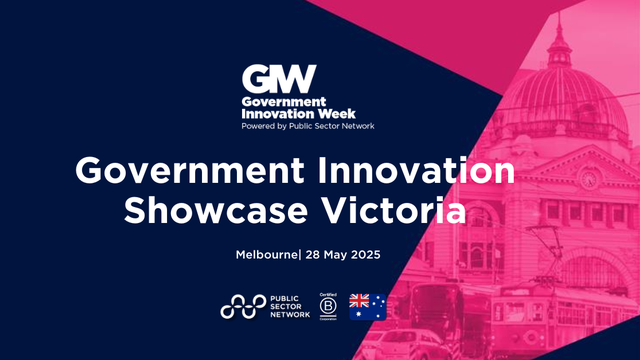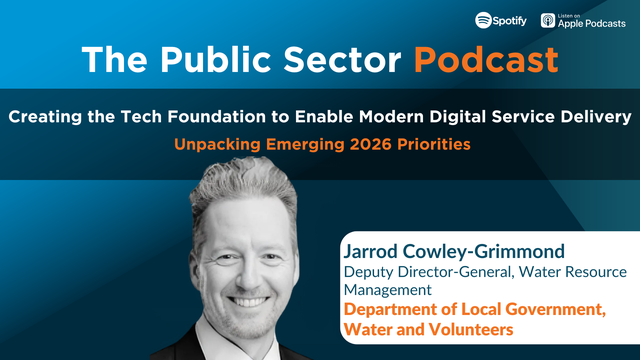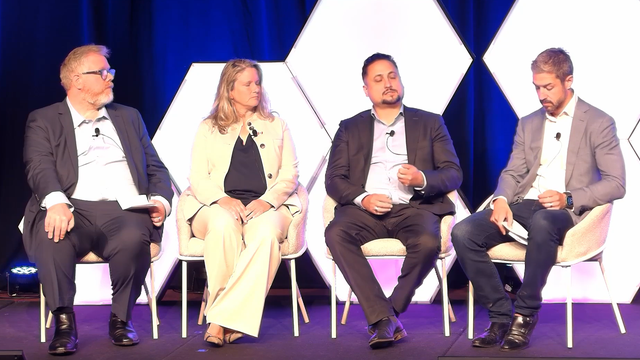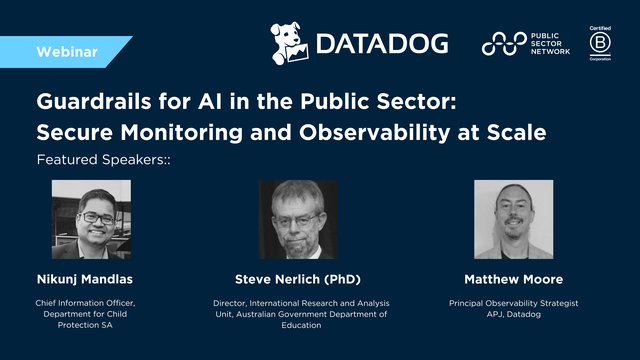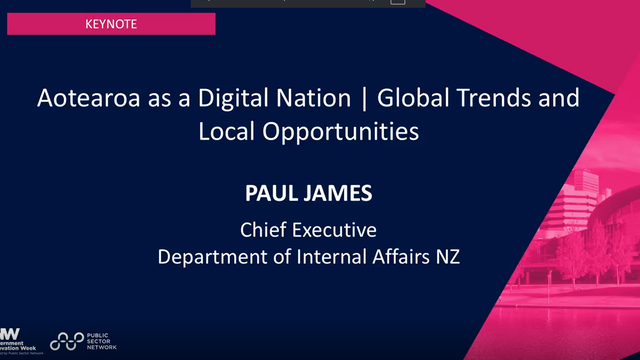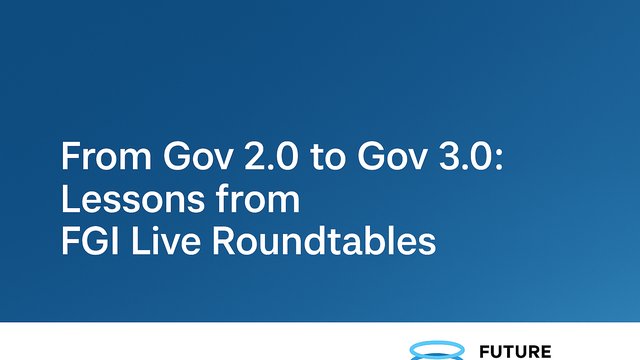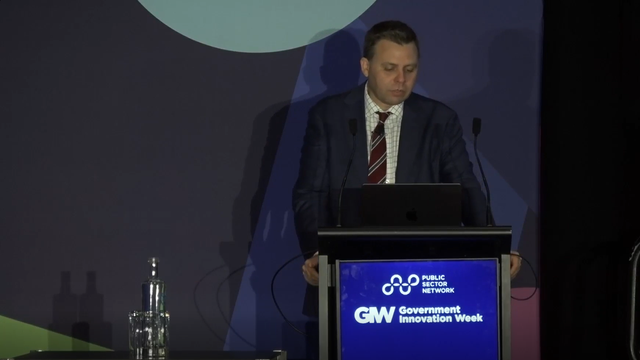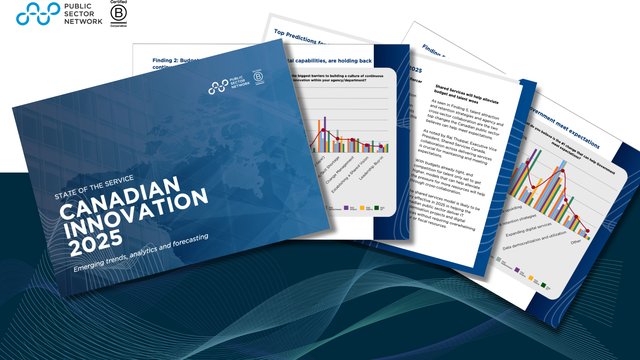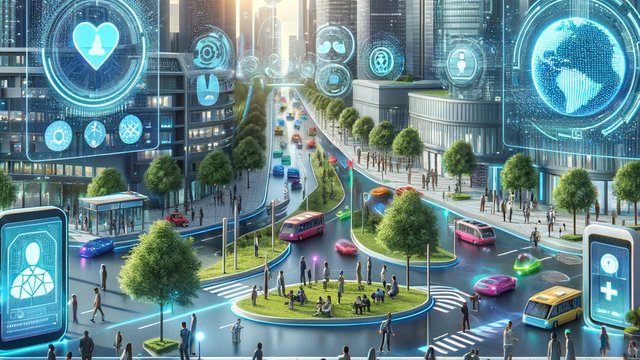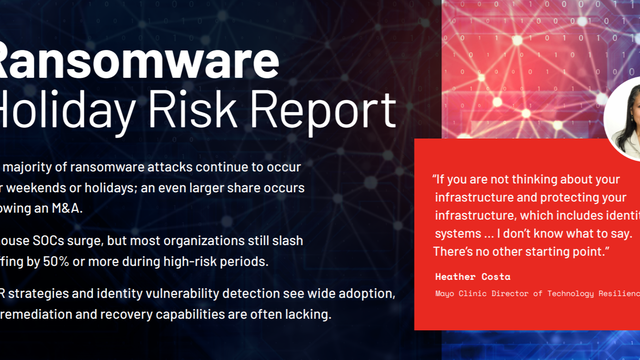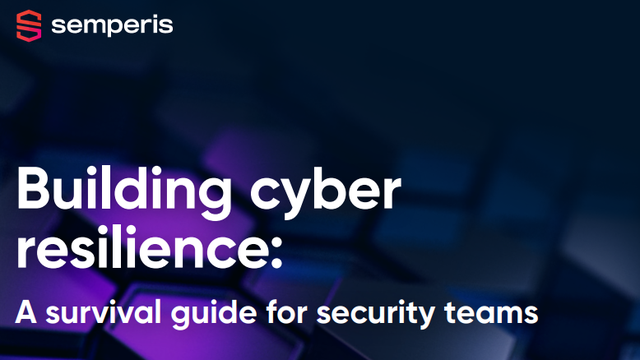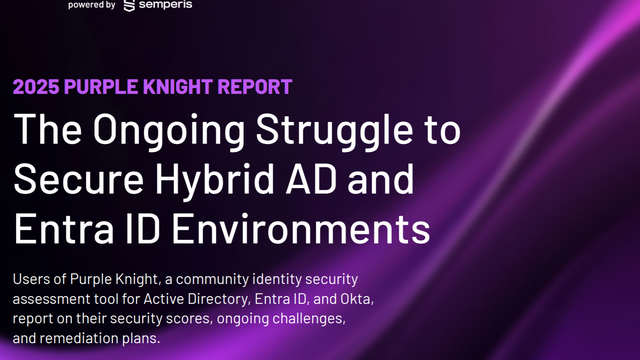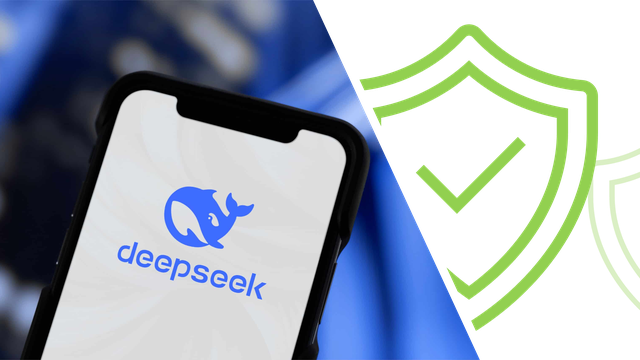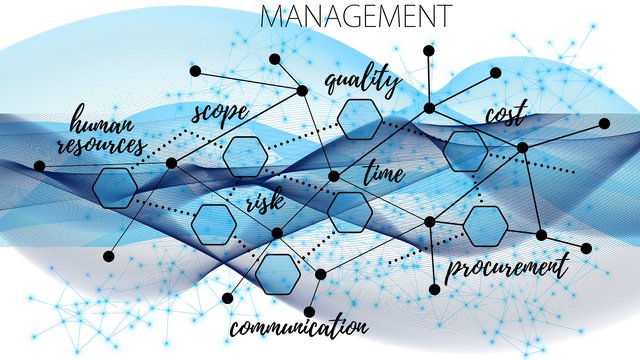
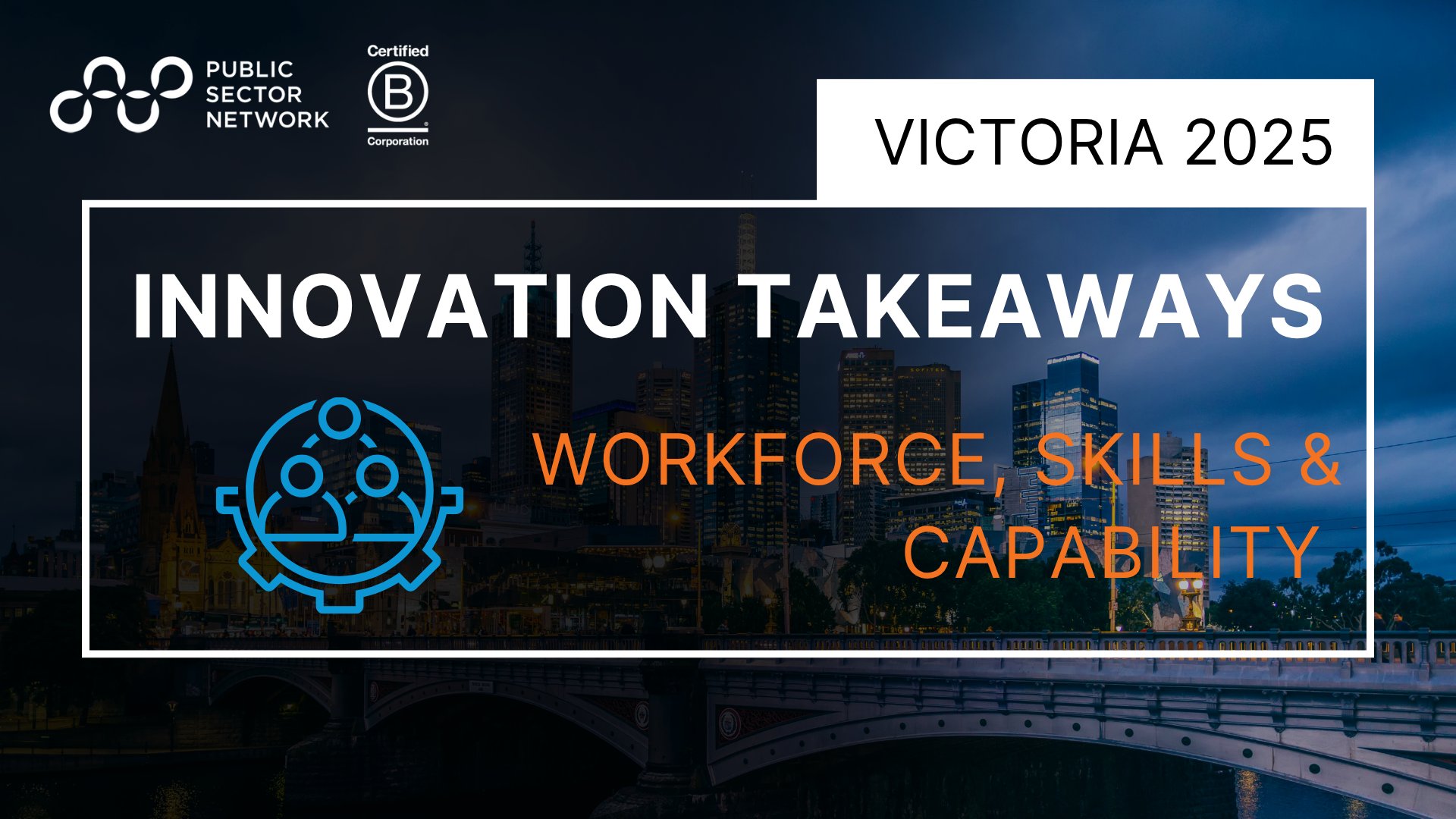
Driving Employee Growth | The Role of HR in Driving Employee Satisfaction
Marg Burge, Chief People Officer, Victorian Building Authority
Sustainable transformation starts with culture—measured across the full employee lifecycle.
With the VBA undergoing significant reform (including a merger to become the Building and Plumbing Commission), Marg emphasised that people and culture work is central to enabling lasting change. Her approach centres on the full employee lifecycle—from onboarding to exit—with intentional efforts to foster belonging, autonomy, and professional mastery. Initiatives like improved onboarding (via Enboarder), new learning systems, and practical management training reflect a focus on building everyday engagement into moments that matter.Leadership capability is the lever for cultural shift—and requires long-term, intentional investment.
VBA’s new senior leadership development program is designed not as a “quick fix,” but a multi-year culture-shaping investment. With tools like Saville Wave psychometric assessments, coaching, and action-learning business projects, the program aims to instil performance, accountability, and people leadership across top levels. Marg underlined that when leaders model trust and openness—like VBA’s current CEO—the tone cascades across the organisation, accelerating alignment and morale.Culture change is cumulative, context-driven, and must be measured and communicated over time.
VBA uses multiple feedback mechanisms—pulse checks, “beige tape” ideas forums, and high People Matter Survey participation (~79%)—to ensure staff feel heard. Marg stressed the importance of acting visibly on feedback, celebrating improvement, and tracking change across time. Visual frameworks (like a simplified sigmoid curve) help teams understand their journey and recognise progress, reinforcing commitment and making transformation feel real—even when budgets or tech systems lag.
Teams, Talent and Diversity | How to Recruit, Retain and Build Top Teams
Natalie Bekis, Assistant Secretary Health Workforce Planning and Strategies Branch, Australian Government Department of Health and Aged Care
Fiona Notley, Chief Operating Officer, and Vice President, RMIT University
Flexibility, purpose, and inclusive design are now core to engaging and retaining a diverse workforce.
Both Fiona and Natalie underscored the enduring cultural shifts since COVID—especially in Victoria—where traditional mandates and rigid structures are increasingly misaligned with workforce expectations. RMIT is co-designing what flexibility truly means with both academic and professional staff, while the APS is embracing national distribution of roles, moving beyond a Canberra-centric model. The key? Listening to staff, aligning on purpose, and creating environments where employees—regardless of location—feel their contributions matter and belong.Tight fiscal constraints are accelerating the need for performance-driven leadership and talent mobility.
With little room for new recruitment, the APS is shifting focus from hiring to redeployment, talent management, and performance leadership. Natalie highlighted the importance of clarity, outcomes-based management, and courage to address underperformance directly. Leaders must now cultivate systemic thinkers and adaptive policy-makers who can navigate reform in complex, rapidly changing domains like health and aged care. Fiona emphasised brand, internal mobility, and meaningful career development as crucial competitive levers in a tight talent market.System reform demands human-centred leadership, strategic communication, and cultural alignment.
Against the backdrop of major reform (e.g. machinery of government changes, Silver Review), the panel stressed that reform fatigue and stakeholder overwhelm are real risks. Leaders must communicate purpose with clarity and kindness, manage ambiguity, and ensure cultural coherence across levels and generations. Natalie encouraged using consumer voice as a reform accelerant: when legacy mindsets resist change, public expectations and data can be powerful levers for influence—especially when paired with empathy and smart stakeholder navigation.
The Organisational Advantage: Future-Proofing Government Through AI, Skills, Capabilities, and Competencies
Christina Brearley, HCM Solution Consultant, Workday
Skills and competencies are complementary—not competing—foundations for workforce readiness.
Christina outlined that skills describe what employees can do (granular, self-updating, dynamic), while competencies capture how work is done (behavioural, prescriptive, context-specific). Together, they provide a 360° view of workforce capability. Government leaders should not abandon one for the other but instead integrate both to inform strategic workforce planning, talent mobility, and capability uplift—especially under budget constraints and increasing pressure to "do more with less".AI-driven tools can operationalise capability frameworks by automating insights and enabling agile deployment of talent.
Workday’s system uses AI to synthesise global skills data into a dynamic ontology, enabling real-time skills matching across learning, recruitment, and performance. This empowers public sector agencies to surface internal talent, identify gaps, and reduce reliance on manual, static frameworks. The technology doesn’t replace human judgement—it enhances it by reducing repetitive admin and revealing hidden talent, particularly in lateral mobility and DE&I efforts.Embedding a skills-based approach strengthens adaptability and strategic agility across the organisation.
With global talent shortages and constant change, government organisations must ask: What can our workforce do now? What will it need to do tomorrow? Skills-based data lets agencies flex talent into new roles and projects without defaulting to external hires. It also supports more meaningful career development—moving beyond roles to people’s full potential. For leaders, the message is clear: future-readiness depends on knowing your people beyond their job titles—and enabling systems must be ready to support that shift.
Sharing Insights into the Employee Life Cycle | Creating Thriving Environments for your Current Staff as well as New Talent
Deb Fankhauser, General Manager People & Customers, Lower Murray Water
Lena Wang, Associate Professor, RMIT University
Motivation and retention stem from human-centred leadership, not hierarchy.
Panellists emphasised that fulfilling fundamental needs—competence, autonomy, and belonging—is essential to workforce engagement. Organisations that invite input from all levels, involve staff in co-design, and recognise the “whole person” (not just the job title) are more likely to drive loyalty and productivity. Initiatives like employee-led EVP and hackathons, and Lower Murray Water’s strategy-aligned engagement, show how giving staff voice and influence creates ownership and purpose.Diversity and inclusion don’t require big budgets—but do demand bold intent.
From neurodiversity programs to Auslan training and peer support networks, small, deliberate interventions are delivering outsized impact. Leaders shared how normalising conversations about mental health and tailoring communication styles based on neurodiverse needs builds psychological safety and unlocks performance. Importantly, even with budget constraints, partnerships (e.g. Untapped Talent, AND) and inclusive mindsets can keep DEI efforts meaningful, scalable, and human.Career mobility, curiosity and legacy-building are cornerstones of sustainable workforce planning.
As skills relevance becomes a top concern for employees, organisations must shift from rigid role-based development to agile, whole-of-career planning. Speakers shared how they embed secondments, digital literacy, cloud training and leadership pathways to grow capability across disciplines. The panel urged public sector leaders to frame development not just in learning terms—but as a means of sharing knowledge, mentoring others, and empowering staff at every level to lead with initiative, regardless of title.

